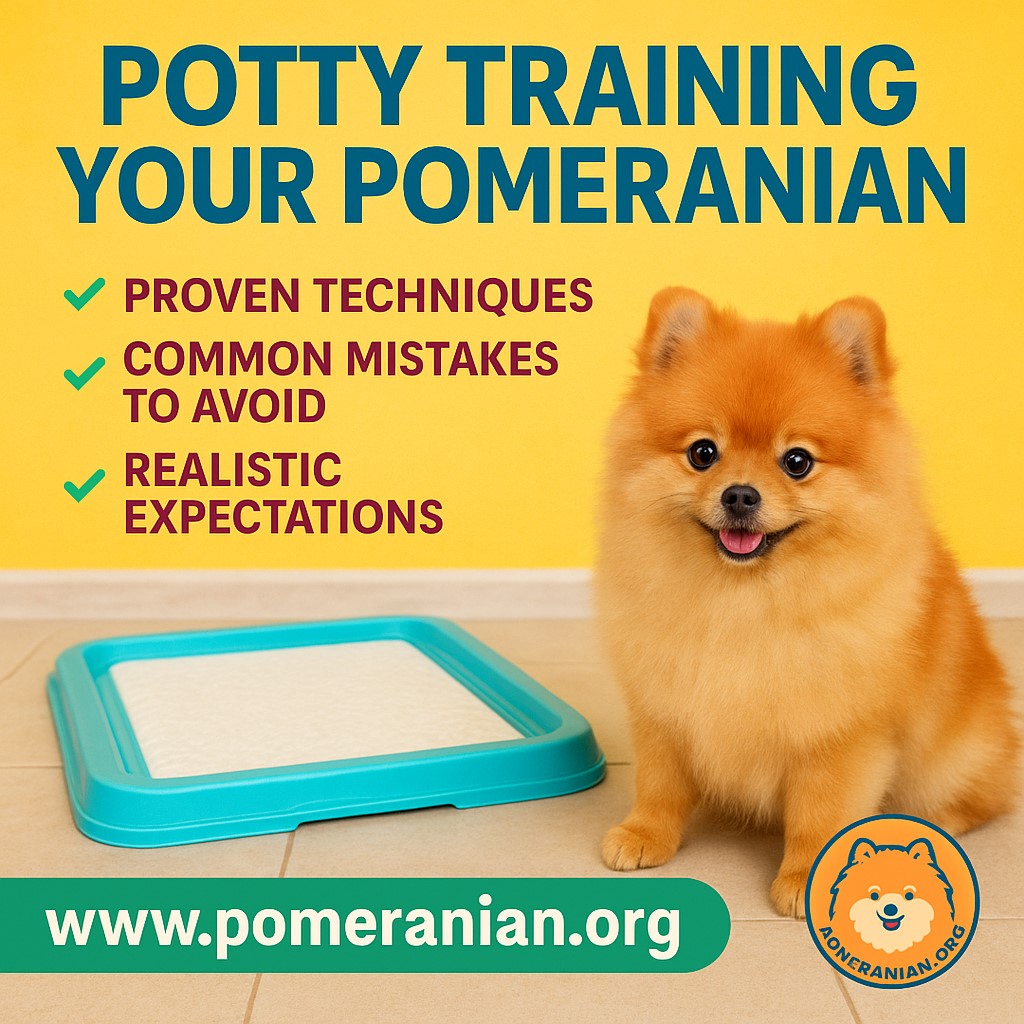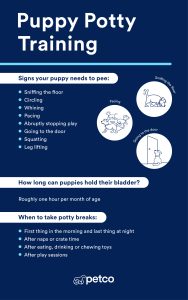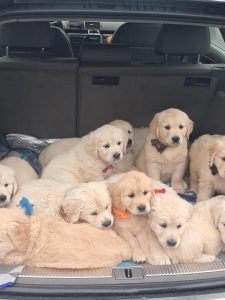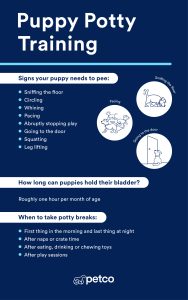Potty training your boy puppy can feel overwhelming, but it doesn’t have to be. Imagine a home free of accidents and a pup who knows exactly where to go.
You want to enjoy time with your new furry friend without constant cleanups or frustration. The good news? With the right tips, you can make potty training smoother and faster than you think. Keep reading, and you’ll discover simple steps that fit your busy life and help your puppy learn quickly.
Your peace of mind—and your puppy’s happiness—are just a few tips away.
Preparing For Potty Training
Potty training a boy puppy needs patience and good preparation. Starting well helps your puppy learn faster.
Before training, set up a plan. This makes the process clear for both you and your puppy.
Choosing The Right Spot
Pick a quiet, easy-to-reach place outside for your puppy’s bathroom. This spot should stay the same.
Using one spot helps your puppy learn where to go. Avoid busy or loud areas that may scare him.
Gathering Essential Supplies
Get all needed items before starting. Supplies make training smoother and keep your puppy comfortable.
- Potty pads or newspapers for indoor accidents
- Leash and collar for outdoor trips
- Cleaning products safe for pets
- Treats to reward good behavior
- Timer or clock to keep schedule
Setting A Consistent Schedule
Take your puppy out often at the same times every day. Consistency helps him learn when to go.
Watch for signs like sniffing or circling. Take him outside immediately to his potty spot.
- First thing in the morning
- After meals and naps
- Before bedtime
- Every 1-2 hours for young puppies
Effective Training Techniques
Potty training a boy puppy needs patience and clear steps. Using good techniques helps your puppy learn faster.
Consistent training makes your puppy understand where to go. This guide shares key methods to help you succeed.
Using Positive Reinforcement
Positive reinforcement means rewarding your puppy when he goes potty outside. It teaches him that good behavior gets praise.
Use treats, petting, or kind words right after your puppy finishes outside. This helps him connect the reward with the action.
- Give a small treat immediately
- Use a happy voice to praise
- Pet your puppy gently
- Repeat rewards to build habit
Recognizing Signs And Signals
Watch your puppy’s behavior to know when he needs to go. Signs include sniffing, circling, or whining.
Taking your puppy outside at these times reduces accidents. Learning these signals helps you act fast and teach better.
- Sniffing the floor
- Circling in one spot
- Whining or barking
- Sudden restlessness
Crate Training Benefits
Crate training gives your puppy a safe space. Puppies usually avoid soiling their sleeping area, helping potty training.
A crate helps you control your puppy’s movements. It reduces accidents and teaches him to hold his bladder.
- Creates a cozy, safe spot
- Prevents unwanted accidents
- Helps develop bladder control
- Makes travel easier and safer
Common Challenges
Potty training boy puppies can be a tough task. Many owners face common problems that slow progress.
Understanding these challenges helps you stay patient and keep training consistent.
Dealing With Accidents
Accidents happen often during potty training. Puppies are still learning where to go.
Never punish your puppy for accidents. It can cause fear and confusion.
- Clean accidents quickly with an enzymatic cleaner.
- Watch for signs your puppy needs to go outside.
- Take your puppy out often, especially after eating or playing.
Managing Distractions
Puppies get easily distracted by noises, toys, or people. This can delay potty training.
Create a calm environment when you take your puppy outside. Keep focus on the task.
- Choose quiet spots for potty breaks.
- Limit playtime before going outside.
- Use a consistent command to signal potty time.
Handling Stubborn Behavior
Some boy puppies resist potty training. They may ignore commands or delay going outside.
Stay patient and use rewards to encourage good behavior. Avoid harsh reactions.
- Offer treats and praise immediately after potty success.
- Keep training sessions short and positive.
- Be consistent with rules and schedule.
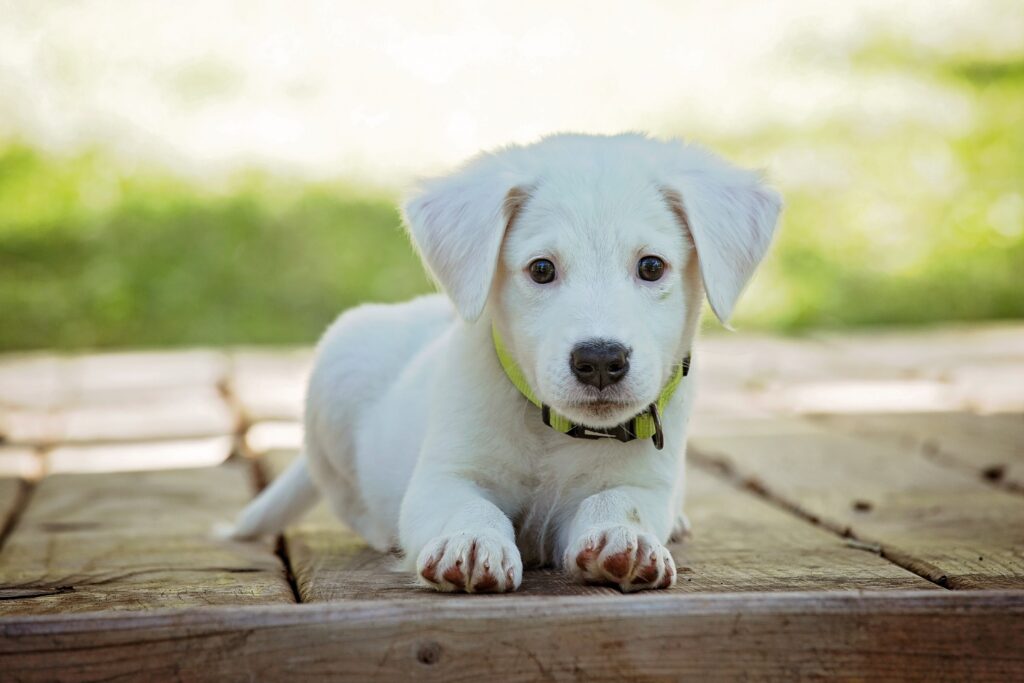
Credit: trupanion.com.au
Health And Hygiene Tips
Keeping your boy puppy healthy and clean is important during potty training. Good habits help prevent illness and keep your home fresh.
Learn how to clean accidents, watch your puppy’s health, and keep the area tidy for best results.
Cleaning Accidents Properly
Clean up puppy accidents quickly to stop smells and stains. Use pet-safe cleaners to avoid harming your puppy.
- Blot the area with paper towels first.
- Use an enzymatic cleaner to break down odors.
- Rinse with water and dry the spot well.
- Keep cleaning products out of your puppy’s reach.
Monitoring Puppy Health
Watch your puppy closely for signs of illness during training. Early detection helps keep him healthy and happy.
| Sign | What It Means | Action |
| Loss of appetite | May indicate stress or sickness | Contact your vet |
| Frequent accidents | Could be bladder issues | Check training methods and vet advice |
| Diarrhea or vomiting | Digestive problems or infection | Keep puppy hydrated and see vet |
| Lethargy | Low energy or pain | Monitor and seek veterinary help |
Maintaining A Clean Environment
Keep your puppy’s space clean to reduce germs and accidents. A tidy area makes training easier for both of you.
- Wash puppy bedding often.
- Disinfect potty training pads regularly.
- Remove waste immediately from outdoor areas.
- Store food and water bowls in a clean spot.
Advanced Training Tricks
Potty training boy puppies takes patience and smart techniques. Advanced tricks help improve their learning speed. These tips build on basic training for better results.
Using clear commands, moving training outside, and tracking progress are key parts. Each helps your puppy understand and follow instructions well.
Introducing Commands
Use simple, consistent words for potty time. Choose commands like “go potty” or “do your business.” Say them every time your puppy is about to go.
- Speak in a calm, firm tone.
- Repeat commands at each potty opportunity.
- Use treats or praise immediately after success.
- Keep commands short and easy to remember.
Transitioning Outdoors
Moving potty training outside can be tricky. Pick a specific spot in your yard to use every time. This helps your puppy connect the command to the location.
| Tip | Details |
| Choose a Quiet Spot | Minimize distractions for better focus. |
| Bring Puppy to Spot | Immediately after meals or naps. |
| Use Command | Say your potty command clearly. |
| Reward Quickly | Give praise or treat as soon as puppy finishes. |
Tracking Progress Effectively
Keep records of potty success and accidents. Tracking helps spot patterns and adjust training methods. Use simple tools like charts or apps.
- Day and time of potty breaks
- Success or accident noted
- Notes on weather or distractions
- Adjust training based on results
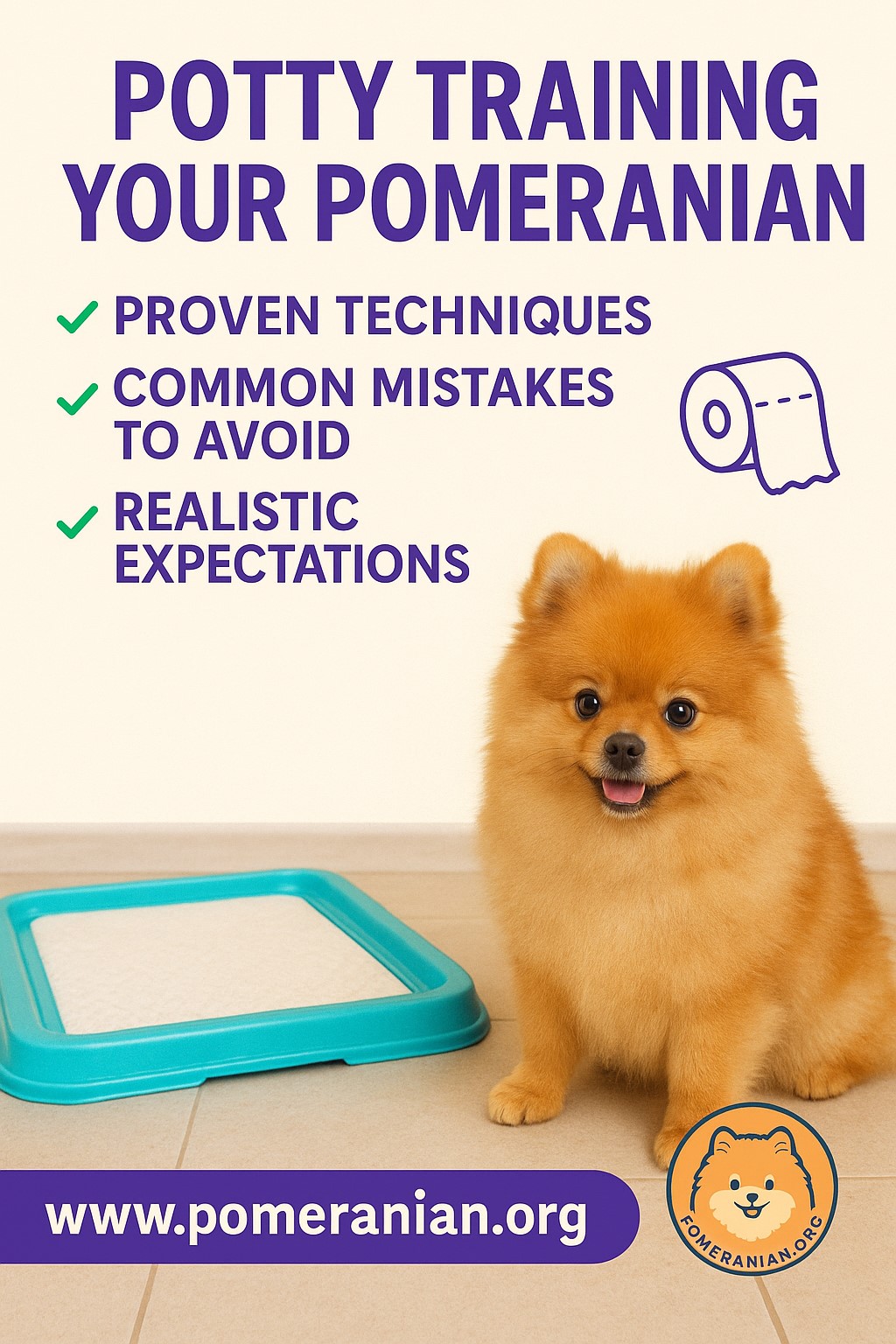
Credit: pomeranian.org
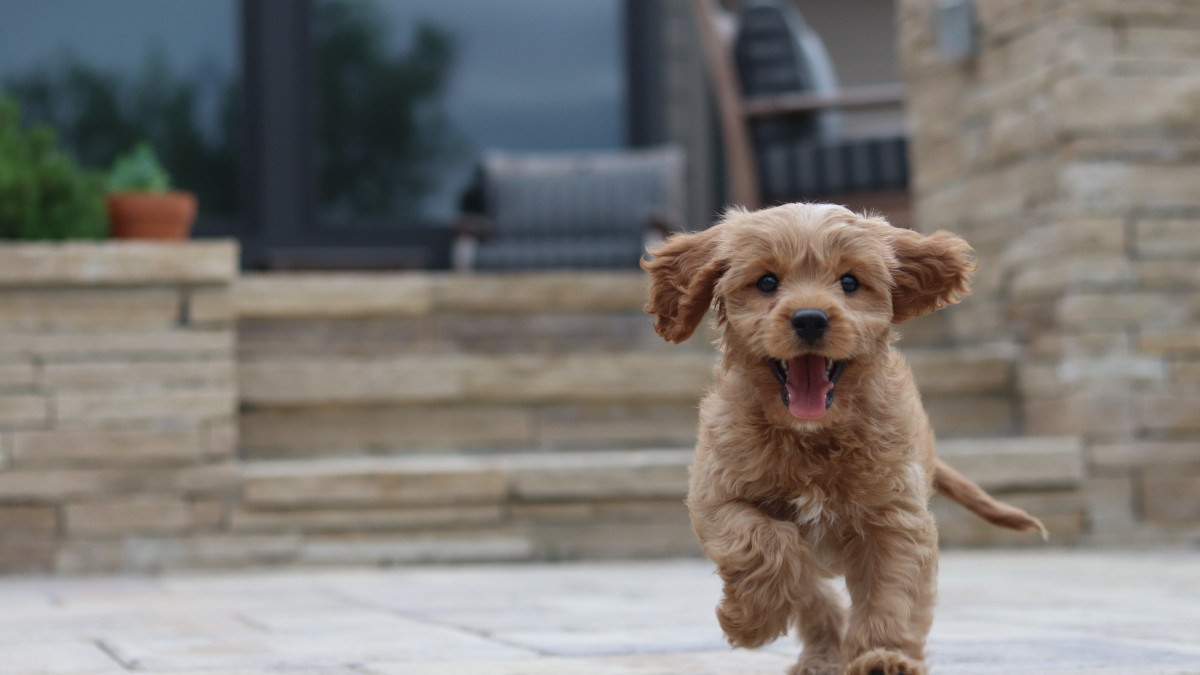
Credit: pethelpful.com
Frequently Asked Questions
How Long Does Potty Training Take For Boy Puppies?
Potty training duration varies but usually takes 4 to 6 weeks. Consistency, patience, and positive reinforcement speed up the process. Each puppy learns at its own pace, so stay persistent and reward good behavior regularly.
What Are The Best Potty Training Methods For Boy Puppies?
Effective methods include crate training, scheduled bathroom breaks, and positive reinforcement. Use treats and praise immediately after your puppy eliminates outside. Avoid punishment to maintain trust and encourage faster learning.
How Often Should I Take My Boy Puppy Outside?
Take your puppy outside every 1 to 2 hours initially. Also, bring him out after meals, naps, and play sessions. Frequent trips prevent accidents and help establish a routine quickly.
How Can I Prevent Accidents During Potty Training?
Supervise your puppy closely indoors and use a crate when unsupervised. Clean accidents promptly with enzymatic cleaners to remove odors. Consistent schedules and positive rewards for outdoor elimination reduce accidents.
Conclusion
Potty training boy puppies takes patience and consistency. Stick to a routine. Praise successes with treats or affection. Mistakes happen. Stay calm and avoid scolding. Choose a designated potty area outside. It helps with training. Monitor feeding times. This can predict bathroom needs.
Use simple commands like “go potty. ” Your puppy will learn over time. Be patient and encouraging. Celebrate small victories together. With time, your puppy will understand. Your efforts will pay off with success. Happy training!

Emily Barker is the founder of ChillDogLife.com, a space dedicated to helping pup parents discover the best dog products, lifestyle tips, and cozy ideas for happier homes.
A lifelong dog lover, Emily combines her passion for pets with a knack for research to share trusted recommendations on everything from toys and furniture to health and everyday care.
Her goal is simple: to make life easier, stylish, and more joyful for dogs and the people who love them.
